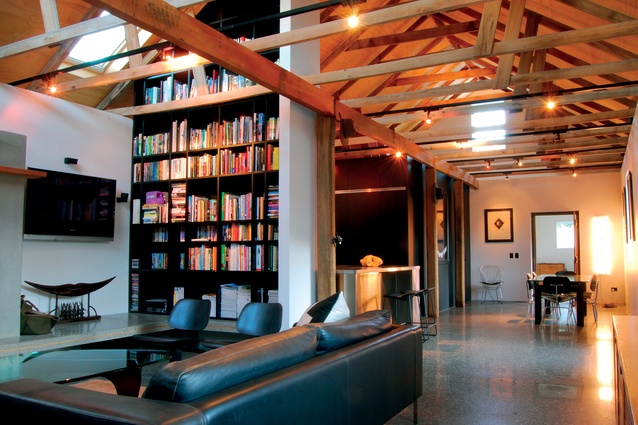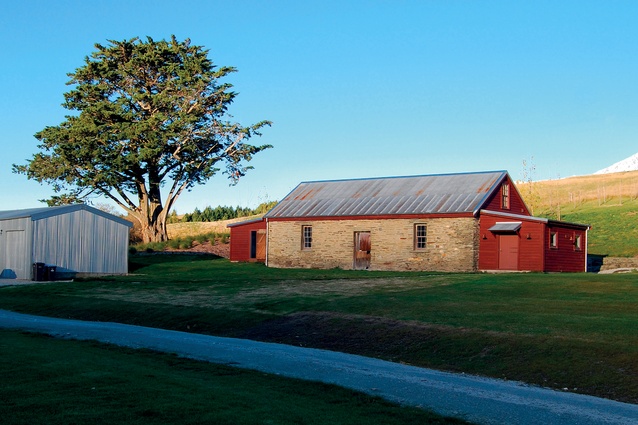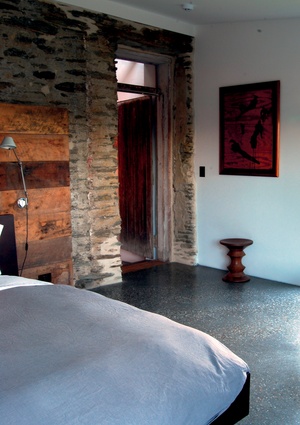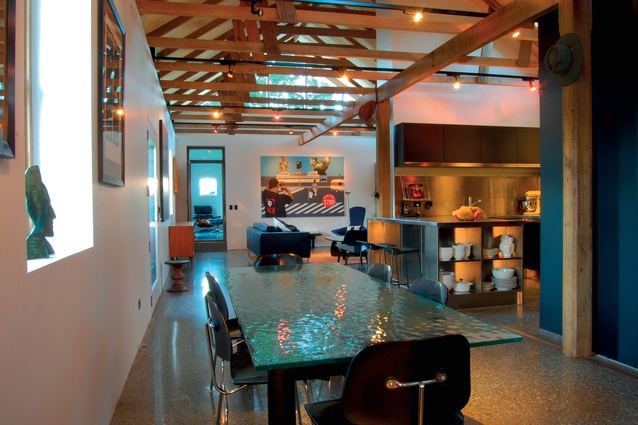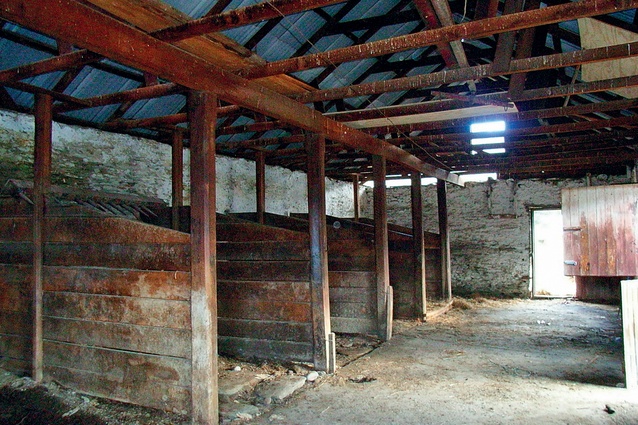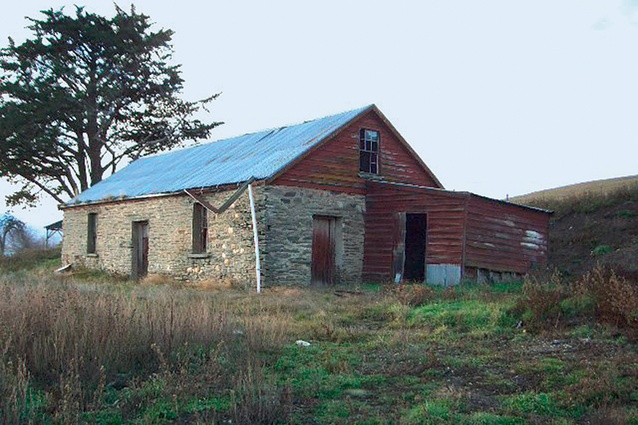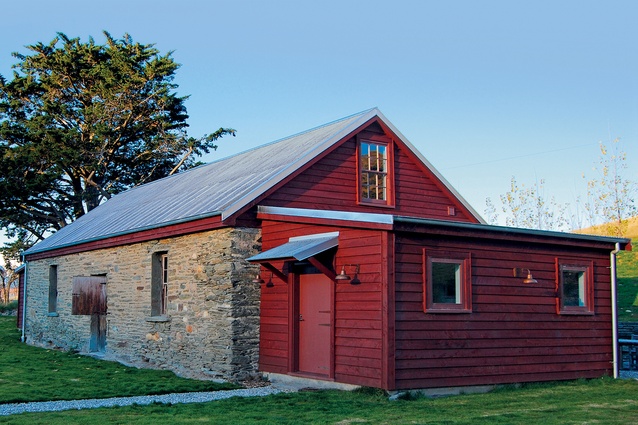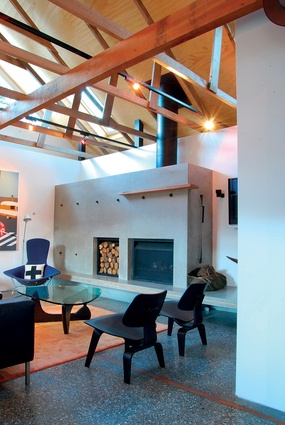Houses revisited: Otago stable house
An 1890s stable block is transformed into a warm, modern family home, first published 2015.
Restoration work often conjures up images of historic homesteads where modernist appendages are bolted on in an attempt to visually portray a prosperous past and present. What then is the attraction in restoring a virtually derelict stable block, barely habitable for horses, and converting it into a home?
For architect and conservationist Jackie Gillies of Jackie Gillies + Associates, it’s the character and the potential that appeals. The character of this structure, when investigated and stripped back, started to reveal itself. But, more practically, it was suitable to adapt, with stable stalls that divided the space into perfect dimensions, solid and intact roof trusses and lean-to-buildings on either end that were ideal for ‘sleeping quarters’.
“Like any old building it started to express itself and the design evolved around that. Suddenly we saw it with new eyes,” says Gillies. Yet, the client’s design aesthetic was not to be compromised. Gillies was tasked with resolving two apparently conflicting ideas — retain the character, while introducing a clean, modern and almost industrial-style interior.
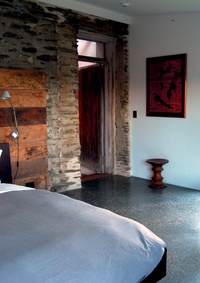
Despite it being a rather ordinary build from about the 1890s, Gillies approached the Heritage Places Trust, now called Heritage New Zealand, and filed a heritage impact statement early on. For anyone undertaking a similar project, Gillies advises they get their plans through to the relevant bodies before starting to confirm heritage status and to avoid making assumptions only to be denied consent half way through. Heritage New Zealand may also be able to share information about the history of the building, which can influence and inspire the design.
With their blessing, work commenced, initially with major excavation and the repiling of foundations. On the exterior, the stone walls were repointed and lime washed. While there was discussion around leaving the stone and masonry walls exposed inside, it would simply be too cold, so these were insulated, waterproofed and gibbed around a steel frame. The timber trusses and stable pillars just needed water blasting, while the roof was removed, fixed and reattached, inset with a false ceiling, again to provide suitable insulation.
Before-and-after images give little away. The telltale signs are unbroken glass panes and a large gable window at one end of the house. The two original lean-tos were replaced with similar looking buildings, and expanded — the original external doors at either end of the barn are now submerged within the new footprint, accessing the main and children’s bedrooms at opposite ends. The old stable door at the centre of the façade acts as shutters for a large glass slider that invites sunlight to spill onto the concrete floor of the main living space.
Gillies says the cost of adapting the stables into a family home was comparable to that of a new build. “The difference of course, is that the result has a greater richness and depth than you would get otherwise; and there is something far more satisfying in that.”
Indeed, this building, once rather ordinary, has become extraordinary. It has been re-imagined into an ideal space embedded with character. Not only that, but it sits lightly in the historical and natural landscape, which is not only a boon for the clients but for us too — a link with our past now better maintained in its new form than left untouched.
Click here to see more Houses Revisited. And sign up to our email newsletters to receive Houses Revisited straight to your inbox.
Note: These are stories from our archives and, since the time of writing, some details may have changed including names, personnel of specific firms, registration status, etc.

